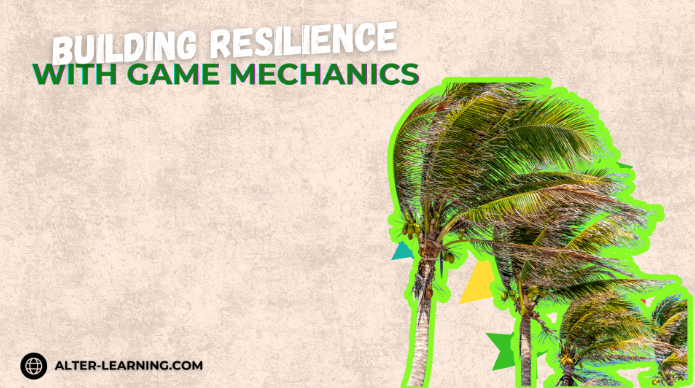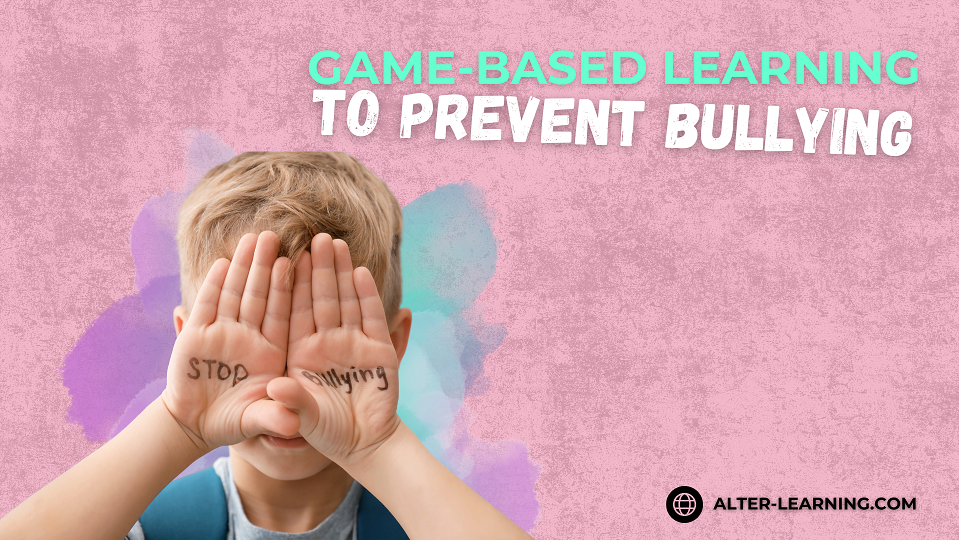Education has always been more than a transfer of knowledge from teacher to student—it is a collective effort shaped by schools, families, and the wider community. In today’s connected world, the importance of community in education is clearer than ever. Whether through parental engagement, partnerships with local organizations, or collaboration within digital platforms, community involvement can transform classrooms into spaces of shared growth and support.
Alter-Learning’s approach to immersive STEAM educational games, wellness-focused tools, and XR educational content suggests that technology can strengthen—not replace—community ties. When used thoughtfully, EdTech can make learning more collaborative, inclusive, and meaningful for everyone involved.
Why Community Engagement Matters
When students feel supported by their community, they are more likely to thrive academically, socially, and emotionally. Community engagement can:
- Provide additional resources to enhance classroom instruction,
- Create a sense of belonging, motivating students to participate,
- Encourage collaboration across generations, connecting students with mentors and families,
- Support equity, ensuring that diverse voices and experiences are represented in learning.
Education becomes more resilient when schools, families, and communities share responsibility for student success.
Technology as a Community Bridge
Digital platforms can help bring together voices that might otherwise remain separate. For example:
- VR education apps can invite families to join students in exploring virtual environments,
- Teacher dashboards can provide parents with insight into student progress,
- Multiplayer game environments can strengthen collaboration between peers,
- 360-degree educational videos can showcase student projects to the broader community.
These tools make it easier for families, teachers, and local organizations to stay connected and involved in the learning process.
Supporting Families Through Engagement
Parents and guardians are key members of the educational community. With the right tools, they can:
- Reinforce classroom lessons at home through interactive STEAM learning platforms,
- Monitor and celebrate progress in science games for kids or math puzzle games,
- Participate in wellness-focused activities that promote social-emotional growth,
- Join discussions about student goals, challenges, and achievements.
When families are engaged, students see that learning is valued not just in school but everywhere.
Communities extend beyond the school gates. Partnerships with local organizations, cultural institutions, and professionals can enrich education by:
- Bringing real-world expertise into classrooms through guest sessions or collaborations,
- Providing resources or funding to support technology access,
- Offering contextual projects that connect curriculum topics to local challenges,
- Engaging students in civic and cultural learning opportunities.
Technology platforms can make these partnerships more practical by connecting schools to community networks in meaningful ways.
Fostering Belonging and Collaboration
Community in education is also about fostering relationships among students themselves. Multiplayer cooperative games, collaborative simulations, and group-based creative arts education software can:
- Strengthen teamwork and communication skills,
- Encourage empathy by letting students see multiple perspectives,
- Create opportunities for peer mentoring and leadership,
- Show learners the value of collective success.
These interactions prepare students not only for academic success but also for active participation in society.
Education as a Shared Responsibility
Community engagement reminds us that education is not the job of schools alone—it is a shared responsibility. Alter-Learning’s integration of immersive tools, wellness-focused environments, and accessible design shows how EdTech can help communities support learners in holistic ways.
When communities come together around education, they can create environments where every student feels supported, included, and capable of achieving their goals. Because learning is not just about building knowledge—it’s about building connections.
Follow Alter-Learning for more insights into immersive education, edtech success stories, and the future of learning. Want to explore how VR/AR could transform your school or learning platform? Let’s connect.




